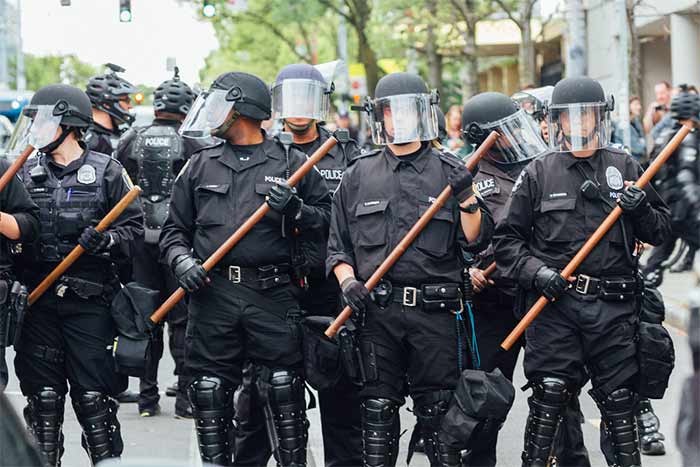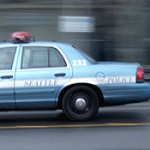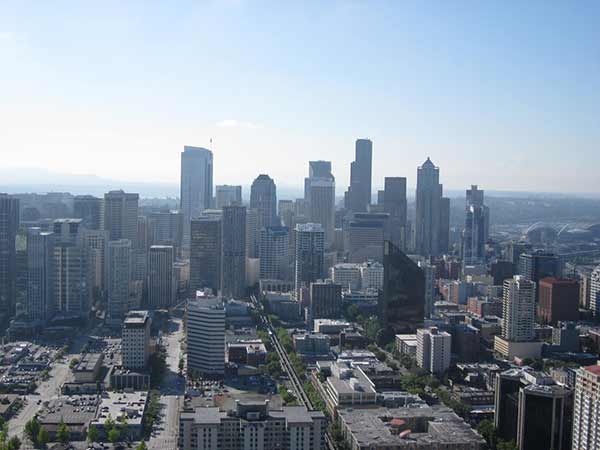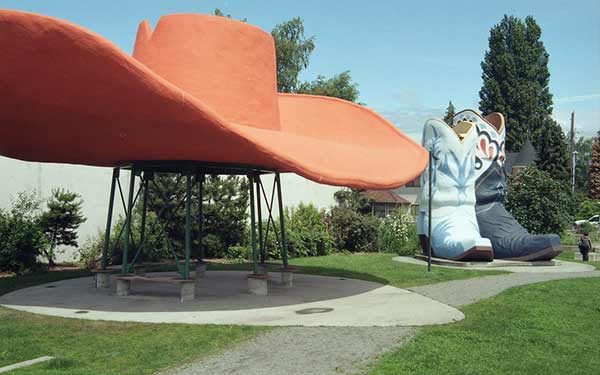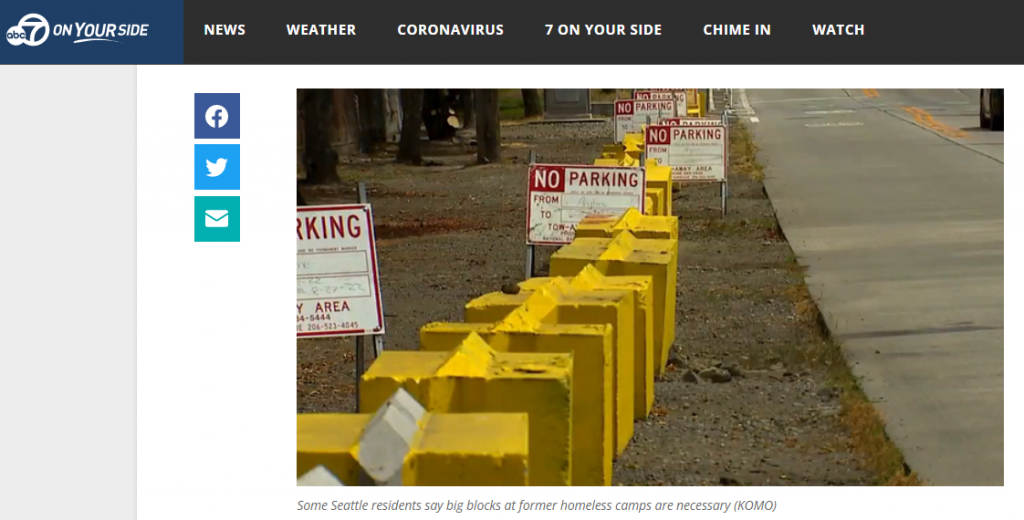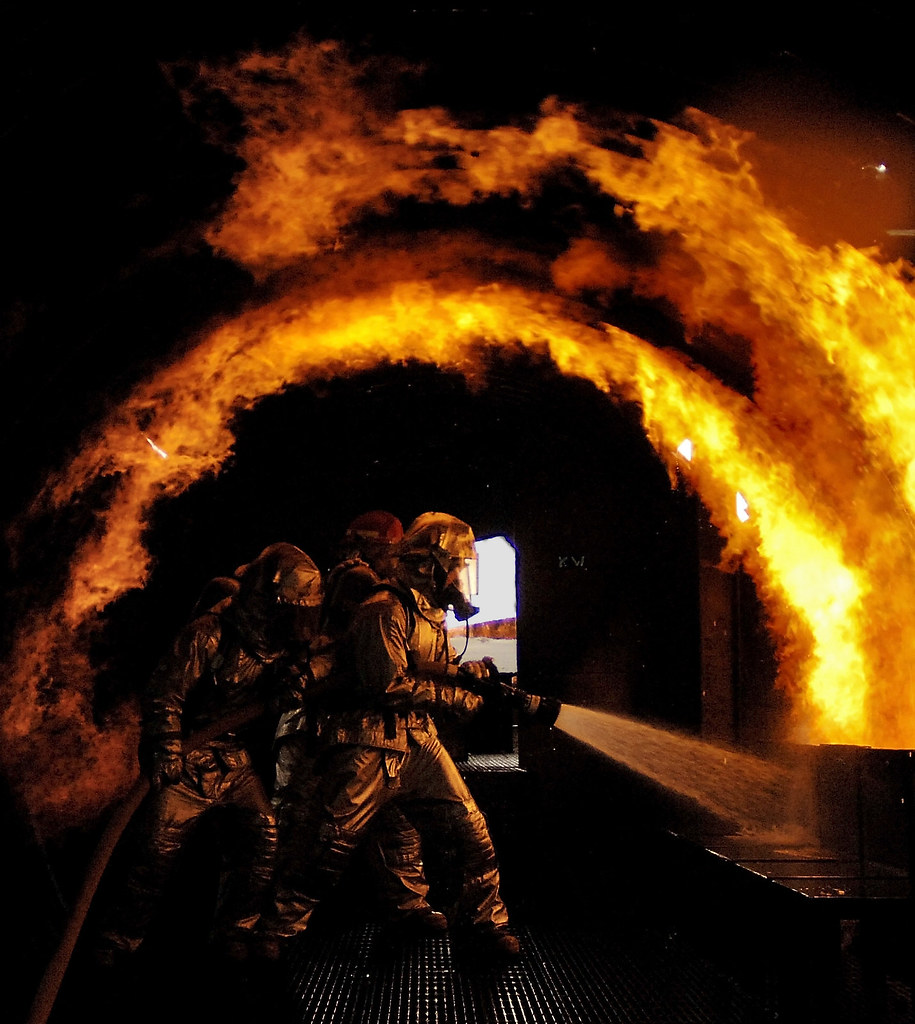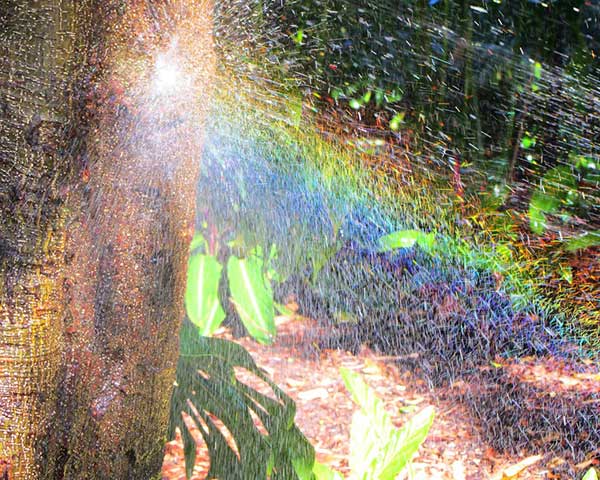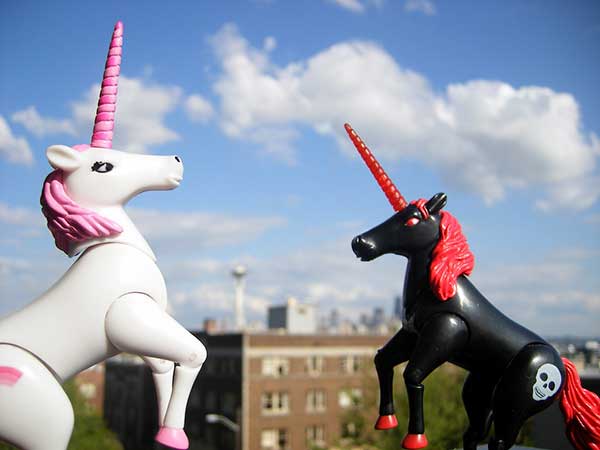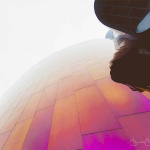Sue Bird Announces Her Retirement from the WNBA in Her Farewell Game
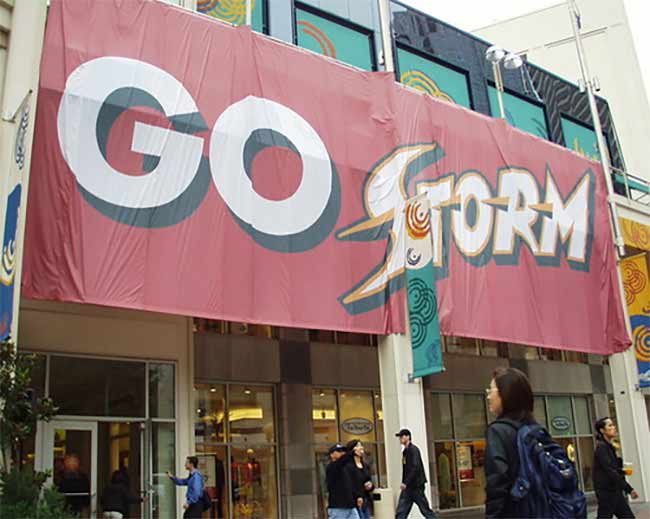
After 21 years in the WNBA, Sue Bird has finally retired. The Seattle Storm’s season came to an end Tuesday when they lost 97–92 to the Las Vegas Aces in the Western Conference Finals. In her farewell game, Sue Bird told the Seattle crowd, “I hope I did everybody proud.”
With her retirement, she leaves the WNBA with the record for most assists in a single postseason. She contributed 46 assists and committed only six turnovers in six postseason games in 2022. In her last game on Tuesday, she scored eight points and sent out eight assists. On-court recognition for the 41-year-old guard was given by the Storm and the Aces, with cheers from the crowd.
Speaking to a reporter after the game, Bird said, “Obviously, I am quite grateful for my twenty years at this institution. That place holds so many wonderful memories for me, and I’m going to miss it terribly when I go. I’m not leaving, but I’m going to miss it. It’s been a privilege to suit up for this team and represent these supporters.”
Bird spent her entire professional basketball career with the Seattle club, where she helped lead the Storm to four WNBA championships. After the final game in 2021, the same supporters who chanted “One more year!” now greeted her with “Thank you, Sue!”
When questioned about what she would like to leave behind, Bird stated she wants the Storm to keep winning and playing at the high level they set during her tenure. She hoped the incoming point guard could continue the team’s winning ways and sustain its championship status for the sake of the fans.
At first, Bird followed her colleagues off the court, but then she changed her mind. After the game, she stayed on the floor to be embraced by the Aces’ entire squad and coaching staff. As Bird greeted the fans and made her way to the locker room, the spectators stayed on their feet.
“I genuinely did not wish to leave the court,” Bird said. “At first, I just followed since it seemed that was the direction everyone was heading. Still, I wanted to take a minute before leaving to express my gratitude and take it all in, as this is, after all, a positive development. When I think of what we’ve done, I feel a sense of pride. Yes, I’m disappointed, but I’m also glad that I got to share that moment with the fans and hear them chant in such an enthusiastic way. Even if it may not seem like it from the outside, there is a great deal of joy.”
Bird said it seemed “sort of surreal” to have played her last game in the WNBA. Her teammates, notably Breanna Stewart, still are getting used to the thought of life without Bird on the court. Stewart remarked, “As disappointing as it is that we won’t be able to compete for a title this year, I believe what’s more painful is that we won’t be sharing the court with Sue anymore.
We won’t be able to interact with her in any way before or during games, so she won’t even be present during practices. To have it become a reality so suddenly is really painful.” The entire team, however, wished the legendary Sue Bird all the best in her retirement.
Photo: “Seattle Storm victory rally, Westlake Plaza, Seattle, WA” by djwudi


